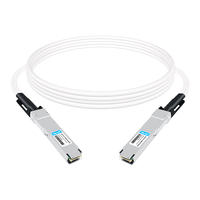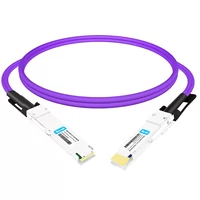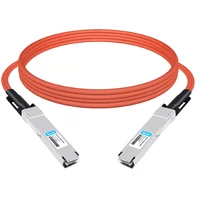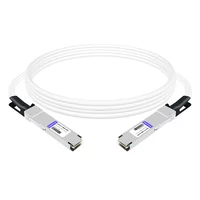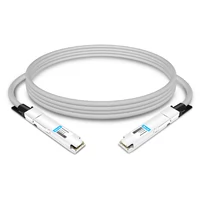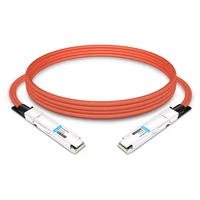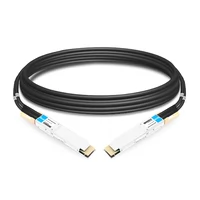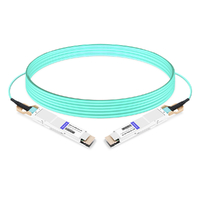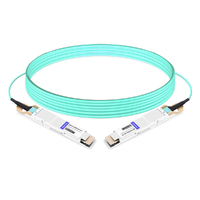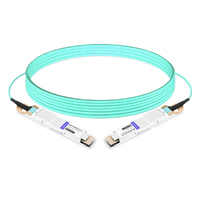According to a recent report from Lightcounting, the market for Active Electrical Cables (AEC), Digital-to-Analog Converters (DAC), and Active Optical Cables (AOC) is expected to grow from $1.2 billion in 2023 to $2.8 billion by 2028.
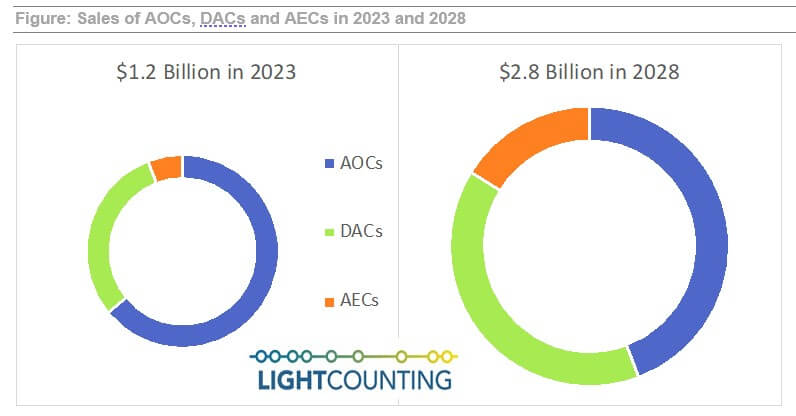
Table of Contents
ToggleMarket Growth Rates
- AOC has a relatively large base and is projected to grow at around 15% annually.
- DAC is expected to grow at approximately 25% per year.
- AEC has a smaller base but is forecasted to have an average annual growth rate of around 45%.
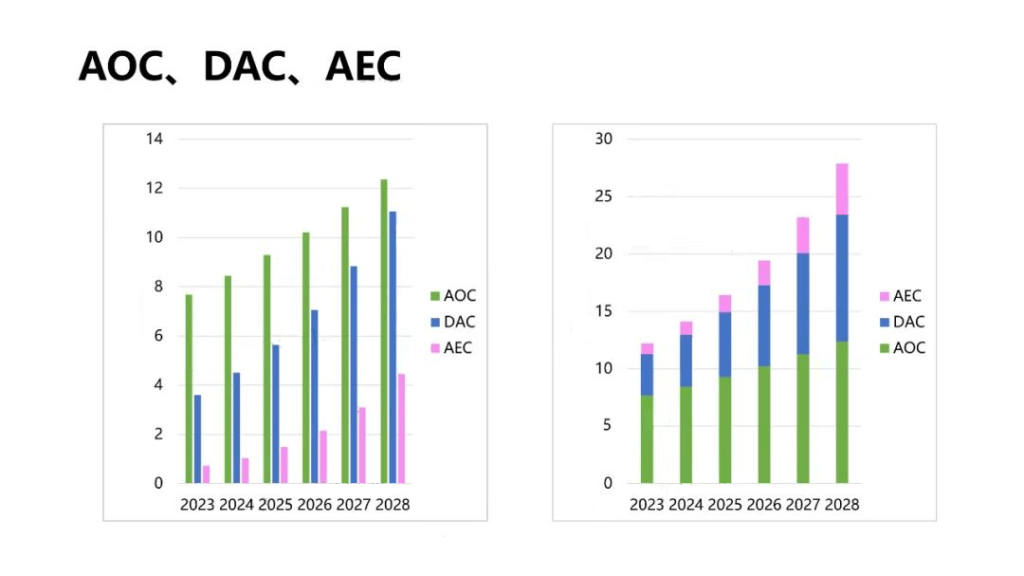
Performance and Cost Trends
- Lightcounting notes that AEC has thinner line widths compared to DAC.
- DAC has relatively low power consumption as it is a direct connection.
- AOC utilizes multi-mode fiber optic cables, which can transmit signals over distances ranging from tens of meters to over a hundred meters.
- AEC and Active Copper Cables (ACC) are both active cable solutions, but AEC includes CDR (Clock and Data Recovery) to reduce signal jitter in addition to signal amplification.
- Electrical cables suffer from skin effects and high RF losses, while fiber optic cables leverage low-loss optical transmission through glass.

- Both electrical and fiber optic cables typically terminate in hot-pluggable electrical interfaces like SFP+ or QSFP28.
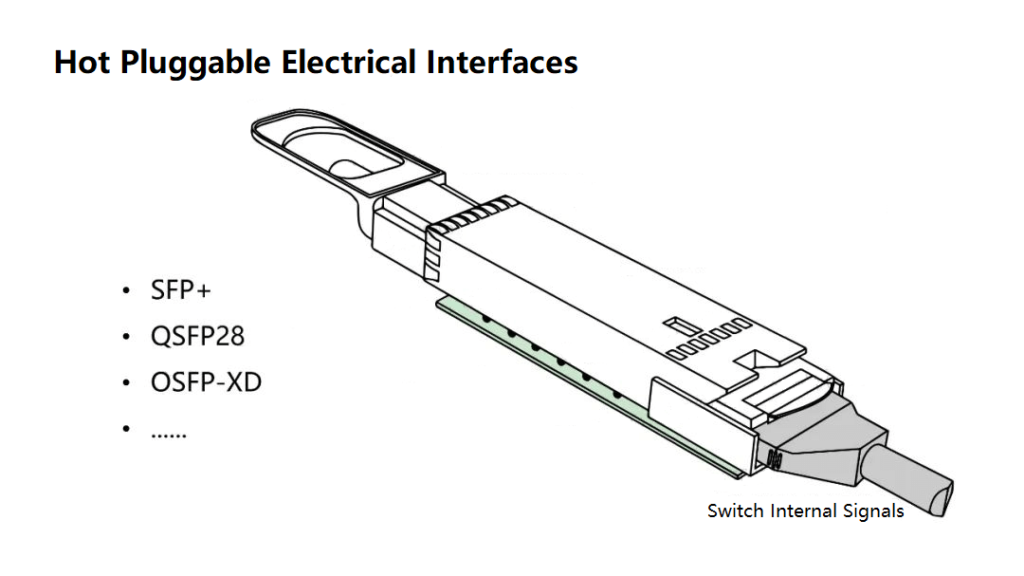
AOC offers superior performance compared to AEC and DAC but is also more expensive.
Credo is a key driver of AEC technology, with single-channel data rates of 56Gbps, 106Gbps, and 112Gbps over 7m, 2.8m, and 2.5m respectively.
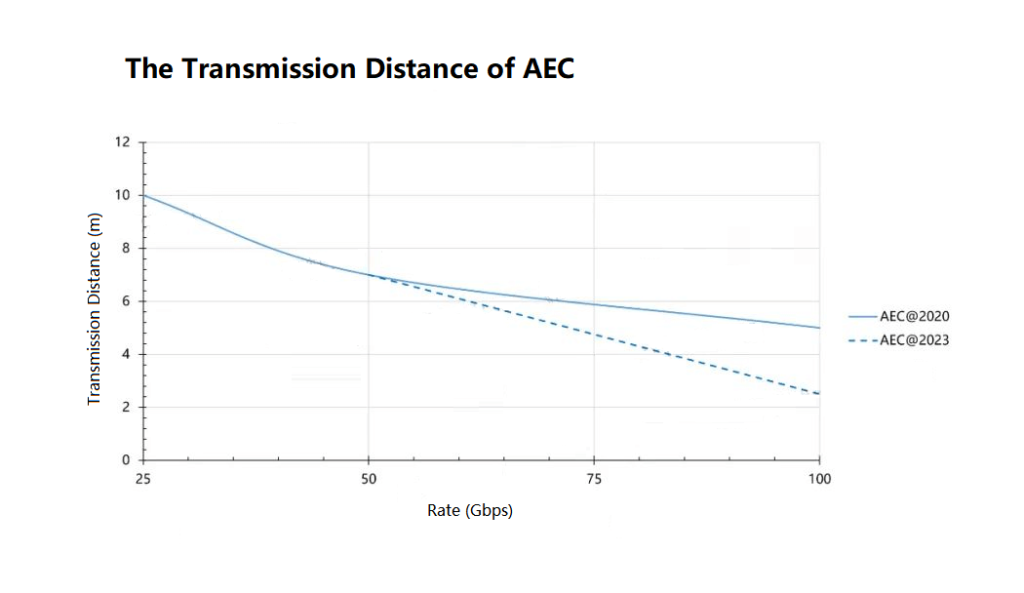
Cable Tradeoffs
Thinner 34AWG cables used in AEC have higher RF losses compared to thicker 26AWG cables used in DAC.
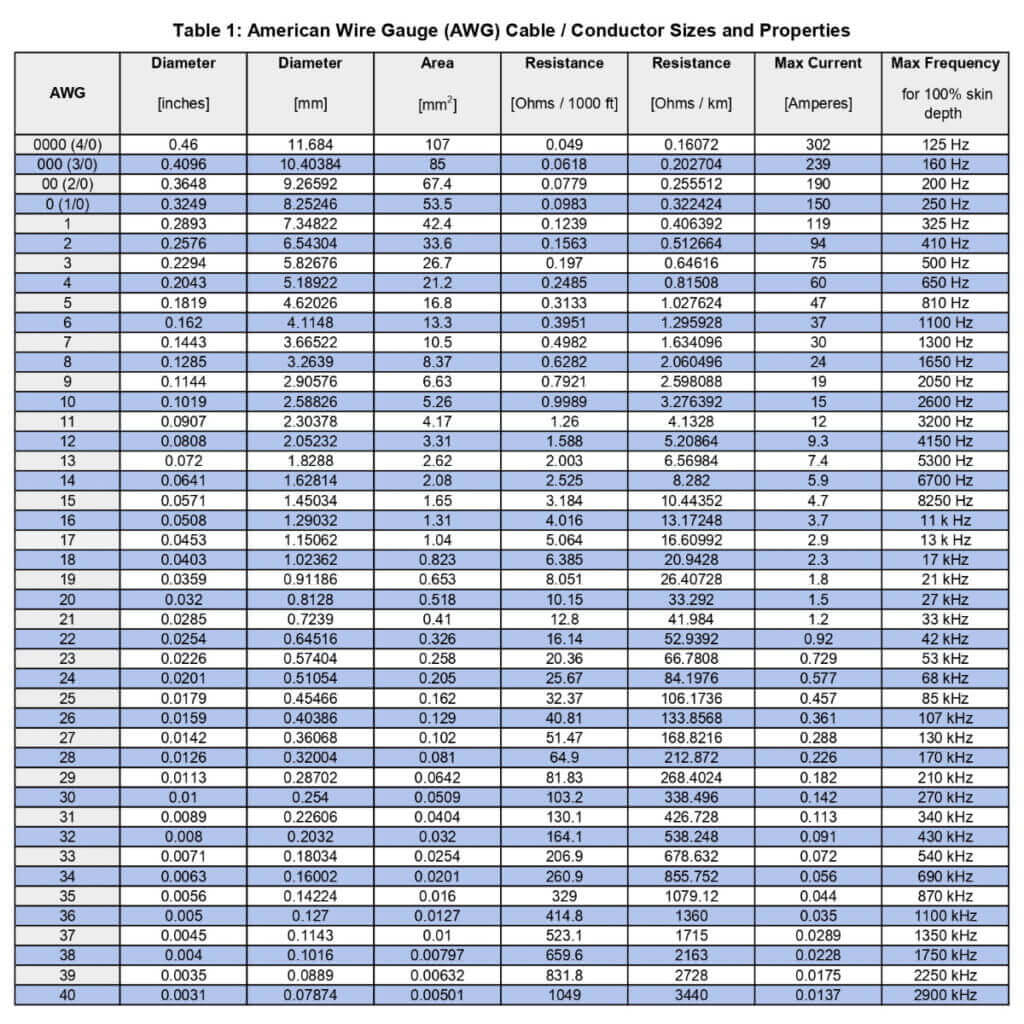
DAC requires higher quality, heavier, and more expensive cables to minimize RF losses, while AEC uses thinner, cheaper cables offset by DSP-based signal conditioning.
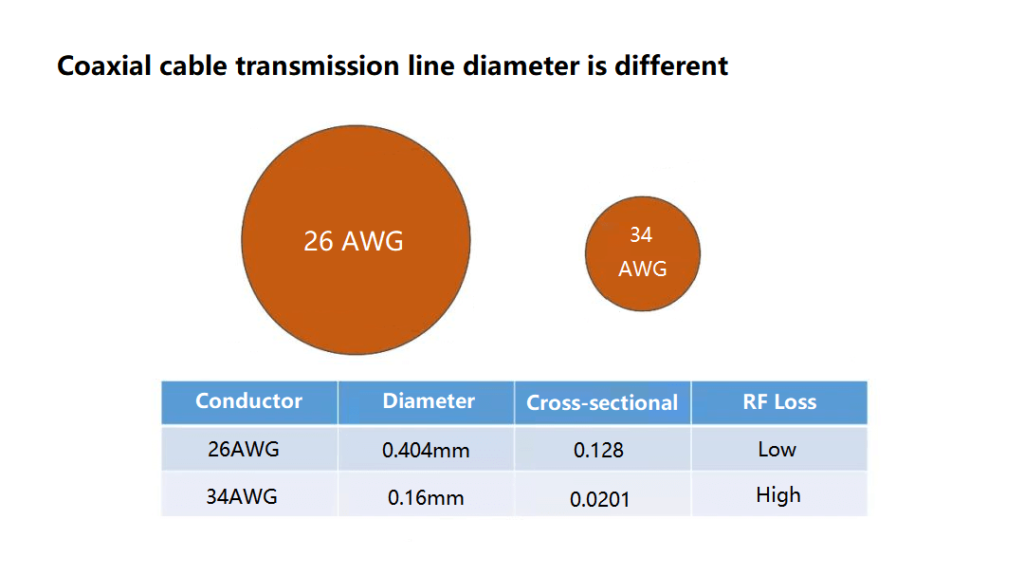
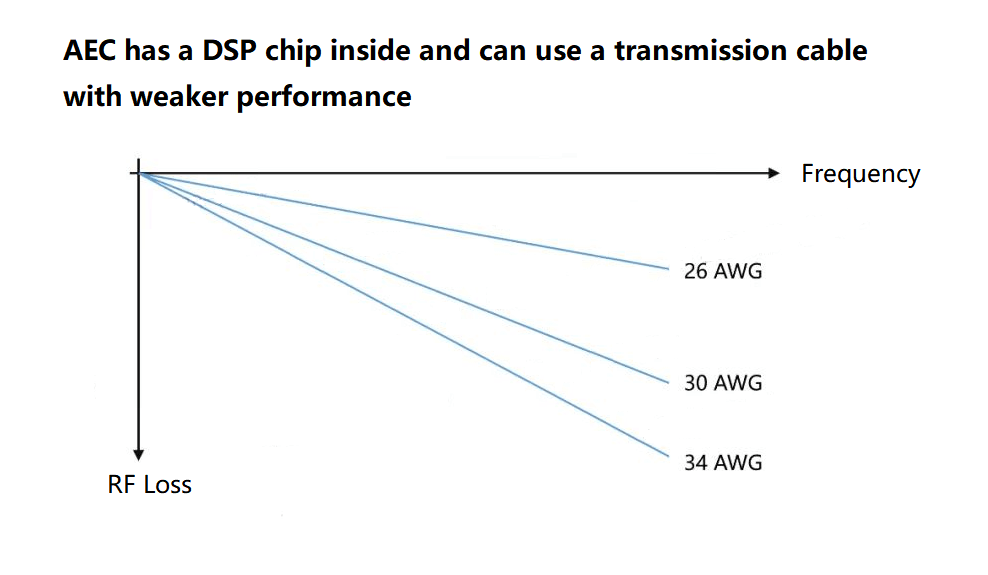
In summary, the market for advanced interconnect technologies like AEC, DAC, and AOC is projected to see significant growth over the next several years, with each solution offering unique performance and cost tradeoffs.
Related Products:
-
 OSFP-FLT-400G-PC50CM 0.5m (1.6ft) 400G NDR OSFP to OSFP PAM4 Passive Direct Attached Cable, Flat top on one end and Flat top on other
$110.00
OSFP-FLT-400G-PC50CM 0.5m (1.6ft) 400G NDR OSFP to OSFP PAM4 Passive Direct Attached Cable, Flat top on one end and Flat top on other
$110.00
-
 QDD-OSFP-FLT-AEC50CM 0.5m (1.6ft) 400G QSFP-DD to OSFP Flat Top PAM4 Active Electrical Copper Cable
$1200.00
QDD-OSFP-FLT-AEC50CM 0.5m (1.6ft) 400G QSFP-DD to OSFP Flat Top PAM4 Active Electrical Copper Cable
$1200.00
-
 OSFP-FLT-800G-AC3M 3m (10ft) 800G Twin-port 2x400G OSFP to 2x400G OSFP InfiniBand NDR Active Copper Cable, Flat top on one end and Flat top on the other
$600.00
OSFP-FLT-800G-AC3M 3m (10ft) 800G Twin-port 2x400G OSFP to 2x400G OSFP InfiniBand NDR Active Copper Cable, Flat top on one end and Flat top on the other
$600.00
-
 OSFP-FLT-800G-PC2M 2m (7ft) 2x400G OSFP to 2x400G OSFP PAM4 InfiniBand NDR Passive Direct Attached Cable, Flat top on one end and Flat top on the other
$300.00
OSFP-FLT-800G-PC2M 2m (7ft) 2x400G OSFP to 2x400G OSFP PAM4 InfiniBand NDR Passive Direct Attached Cable, Flat top on one end and Flat top on the other
$300.00
-
 OSFP-800G-PC50CM 0.5m (1.6ft) 800G Twin-port 2x400G OSFP to 2x400G OSFP InfiniBand NDR Passive Direct Attach Copper Cable
$105.00
OSFP-800G-PC50CM 0.5m (1.6ft) 800G Twin-port 2x400G OSFP to 2x400G OSFP InfiniBand NDR Passive Direct Attach Copper Cable
$105.00
-
 OSFP-800G-AC3M 3m (10ft) 800G Twin-port 2x400G OSFP to 2x400G OSFP InfiniBand NDR Active Copper Cable
$600.00
OSFP-800G-AC3M 3m (10ft) 800G Twin-port 2x400G OSFP to 2x400G OSFP InfiniBand NDR Active Copper Cable
$600.00
-
 QSFPDD-800G-PC50CM 0.5m (1.6ft) 800G QSFP-DD to QSFP-DD QSFP-DD800 PAM4 Passive Direct Attach Cable
$145.00
QSFPDD-800G-PC50CM 0.5m (1.6ft) 800G QSFP-DD to QSFP-DD QSFP-DD800 PAM4 Passive Direct Attach Cable
$145.00
-
 QSFP-DD-800G-AOC-5M 5m (16ft) 800G QSFP-DD to QSFP-DD Active Optical Cable
$2730.00
QSFP-DD-800G-AOC-5M 5m (16ft) 800G QSFP-DD to QSFP-DD Active Optical Cable
$2730.00
-
 QSFP-DD-800G-AOC-3M 3m (10ft) 800G QSFP-DD to QSFP-DD Active Optical Cable
$2710.00
QSFP-DD-800G-AOC-3M 3m (10ft) 800G QSFP-DD to QSFP-DD Active Optical Cable
$2710.00
-
 QSFP-DD-800G-AOC-1M 1m (3ft) 800G QSFP-DD to QSFP-DD Active Optical Cable
$2700.00
QSFP-DD-800G-AOC-1M 1m (3ft) 800G QSFP-DD to QSFP-DD Active Optical Cable
$2700.00

